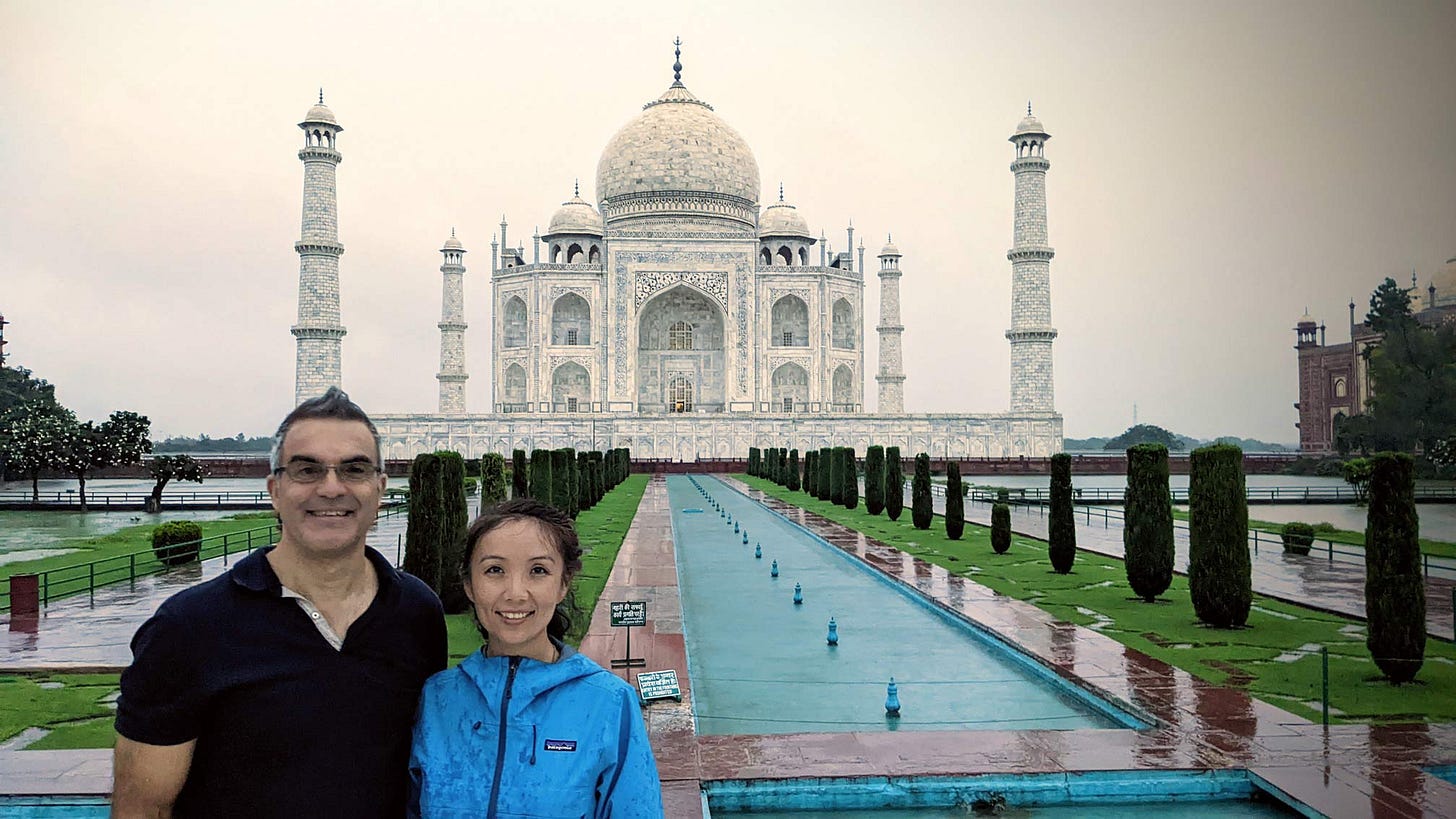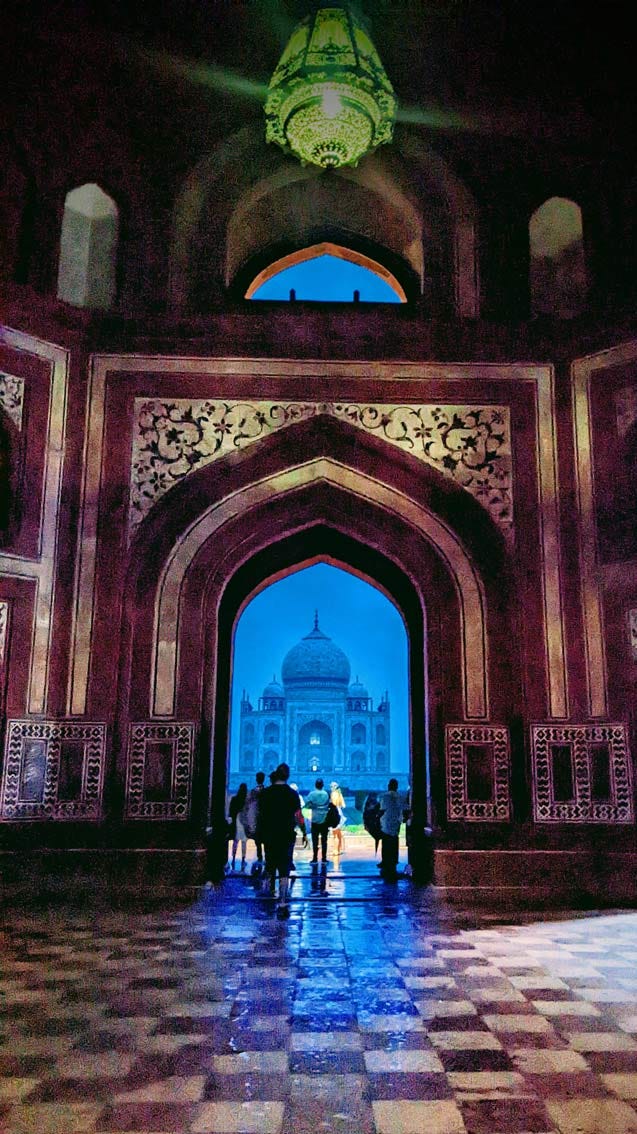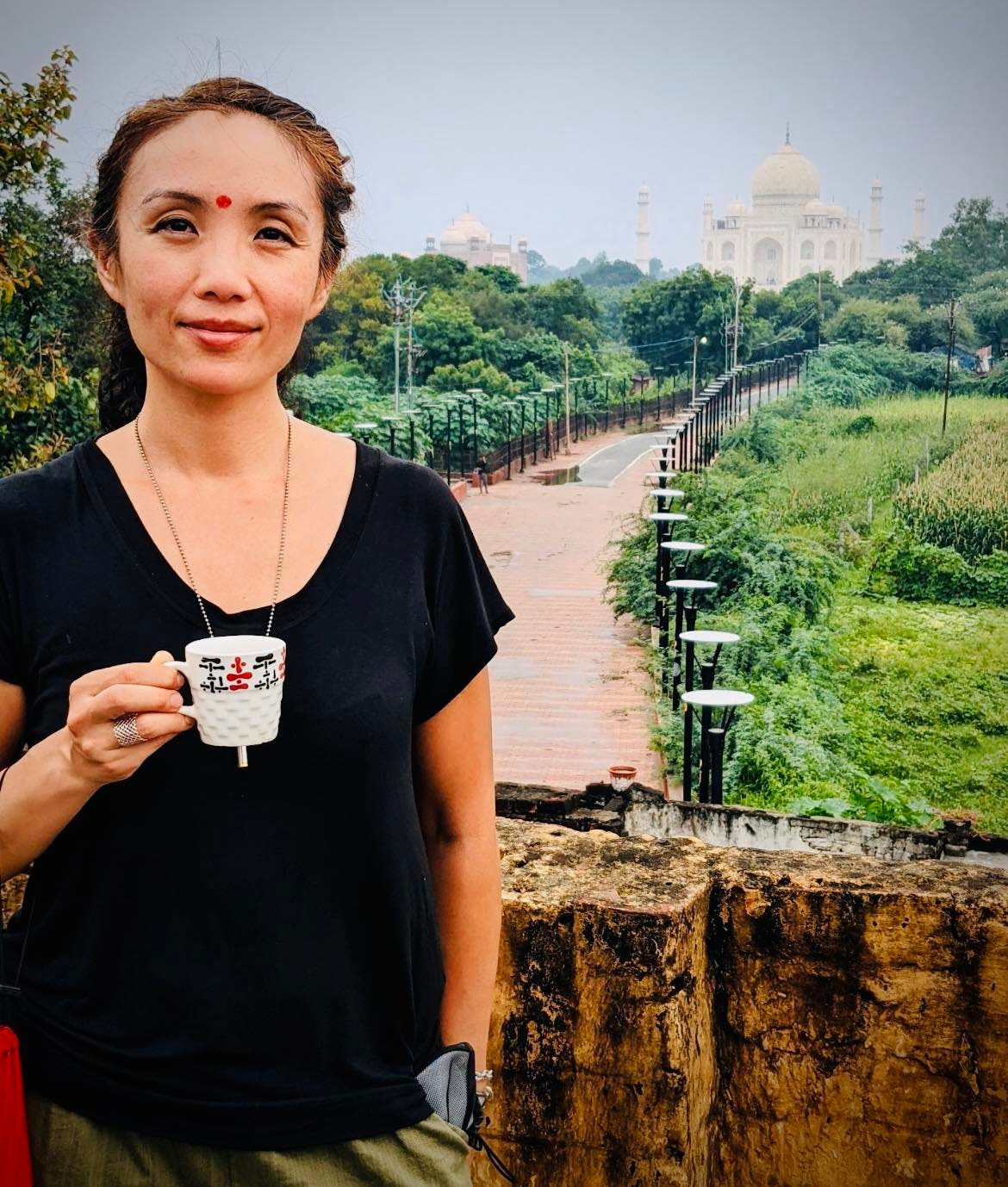Greetings, fellow adventure lover!
With the weather cooling down in the southern hemisphere, I am now snuggling up with a hot water bottle as I write to you. It is definitely time to get cosy with a blanket and something good to read. What are your latest favourite reads?
This Month’s Adventures
I thought I would tell you a little about my trip to India several months ago, and what better place to start than the iconic Taj Mahal! The Taj was built in the 17th century by the Mughal emperor Shah Jahan in memory of his beloved wife, Arjumand Banu Begum (better known as Mumtaz Mahal, or “Jewel of the Palace”), who died while giving birth to their 14th child. An ivory marble mausoleum built on the bank of the river in Agra, it has long been viewed as the symbol of love.
Now, being such a well-known landmark and also the most photographed location in India, I was more than a little skeptical about whether it would be a bit of an anti-climax when I visited the place. I’m glad to say that I wasn’t disappointed. Rather, I was pleasantly surprised.

We were extremely lucky that we visited India just as the tourists were coming back after COVID, and it was also the end of the rainy season. So there were only a handful of visitors there when we arrived at 4:30 am (usually the Taj is heaving with crowds!). We got to walk around this wonder of the world in peace and silence admiring the feminine beauty of its architecture. There is something about the symmetry and sacred geometry of Mughal design that gives it a certain other-worldly aura. It is something I've experienced in works of art, but hardly ever in buildings (the only other, for me, is the Pantheon in Rome).
It's hard to imagine that the Mughal emperor Shah Jahan loved his wife so much that he devoted so much resources to her mausoleum, something which took 22 years and 1 billion USD (in today's terms) to complete, especially considering hisIslamic culture and background. Built entirely out of marble from Rajasthan, the hardest marble in the world, the walls are inlayed with colourful gemstones of intricate patterns and designs. Orchard gardens and water fountains of fragranced water covered the surrounding grounds, and the trees would have obscured the mausoleum from the public eye from the outside. There were bazaars that surrounded the complex, something to keep Shah Jahan’s queen entertained because he couldn't quite believe she was really gone. The thought and craftsmanship that went into it boggles your mind, and the photos don't do it justice at all.

An interesting thing about the Taj is that it was designed to reflect the changing moods of the day. The white marble changes colour depending on the time of the day and the light. It is said to glow pale pink in the morning, sparkling white in the afternoon, light-bluish in the evenings, and golden at night when lit by the moon.
There’s a longstanding legend that the Taj Mahal was originally designed to have a twin monument made entirely out of black marble across the river, intended as Shah Jahan’s mausoleum. However, this second monument was never built, and there is no evidence to suggest that Shah Jahan ever planned for it. In his later days, he was put under house arrest in the Agra Fort by his third son, Aurangzeb. After he died, Shah Jahan was eventually put to rest next to his beloved wife in the Taj Mahal.
What I’m Reading/Watching
A memoir written by the Nobel Prize physicist, Richard P. Feynman, “Surely You’re Joking, Mr. Feynman!” is a witty account of the adventures of a curious and eccentric character. I wish all books on physics were as entertaining as this one, and I wish I had him as a professor!
Until next month, stay happy and well 🙂
A. H. Wang
This Month’s Book Promos
Latest Instagram Posts
Come visit me on Instagram or Facebook to have a look at some of the behind-the-scenes pics and stories!
Follow
Follow me on Bookbub
Follow me on Amazon
Find me at www.ahwangauthor.com






